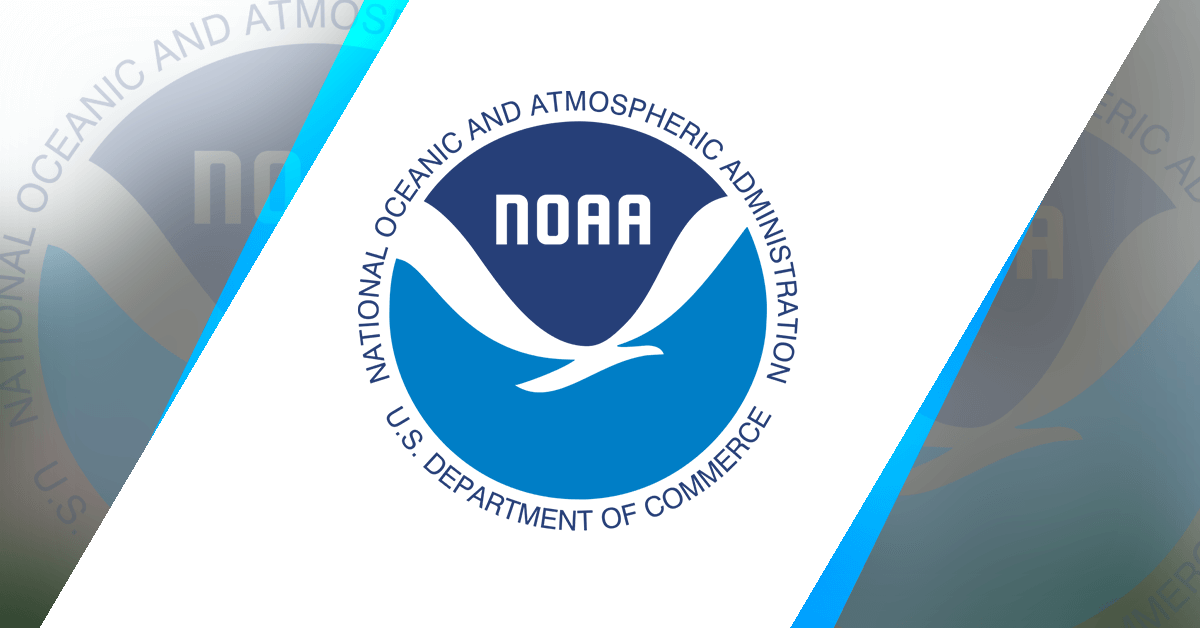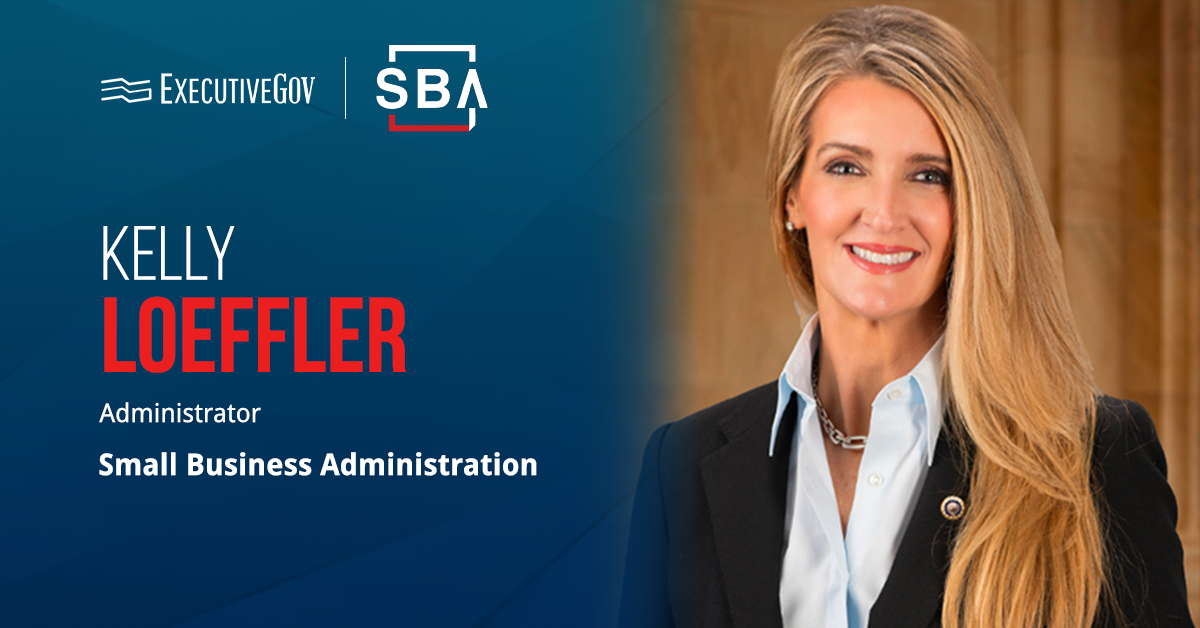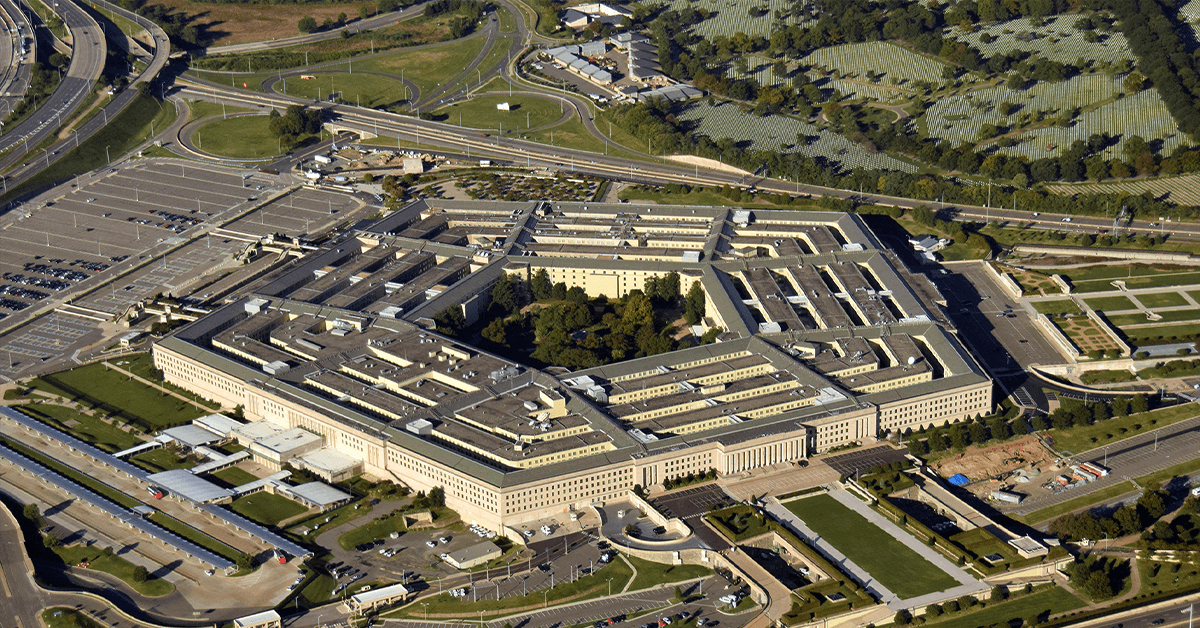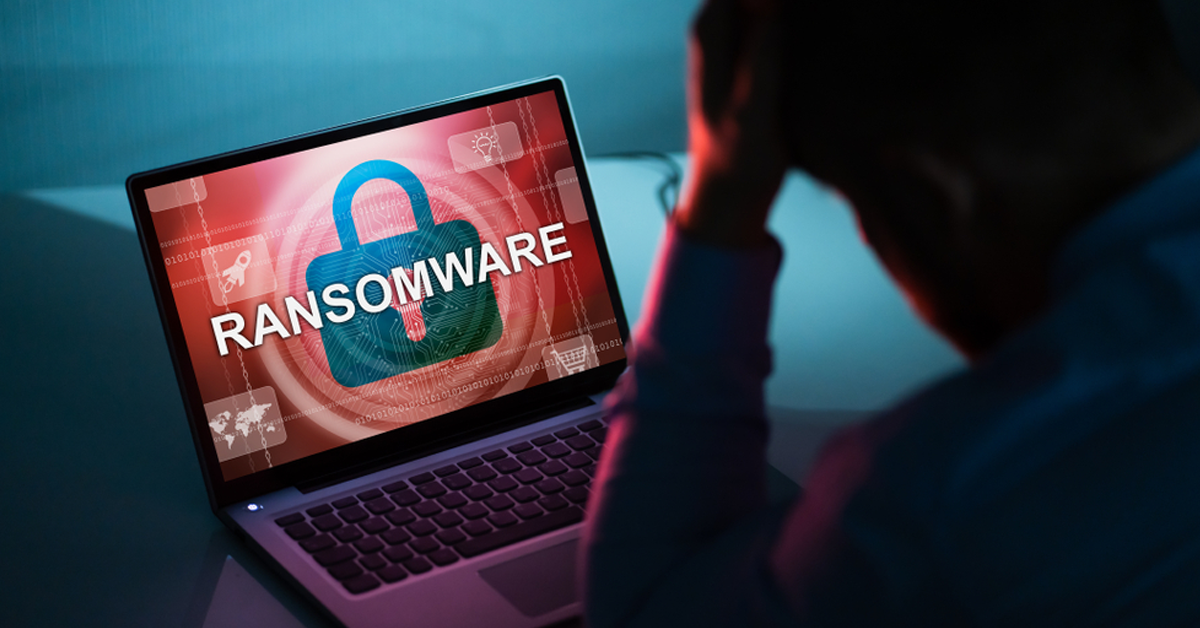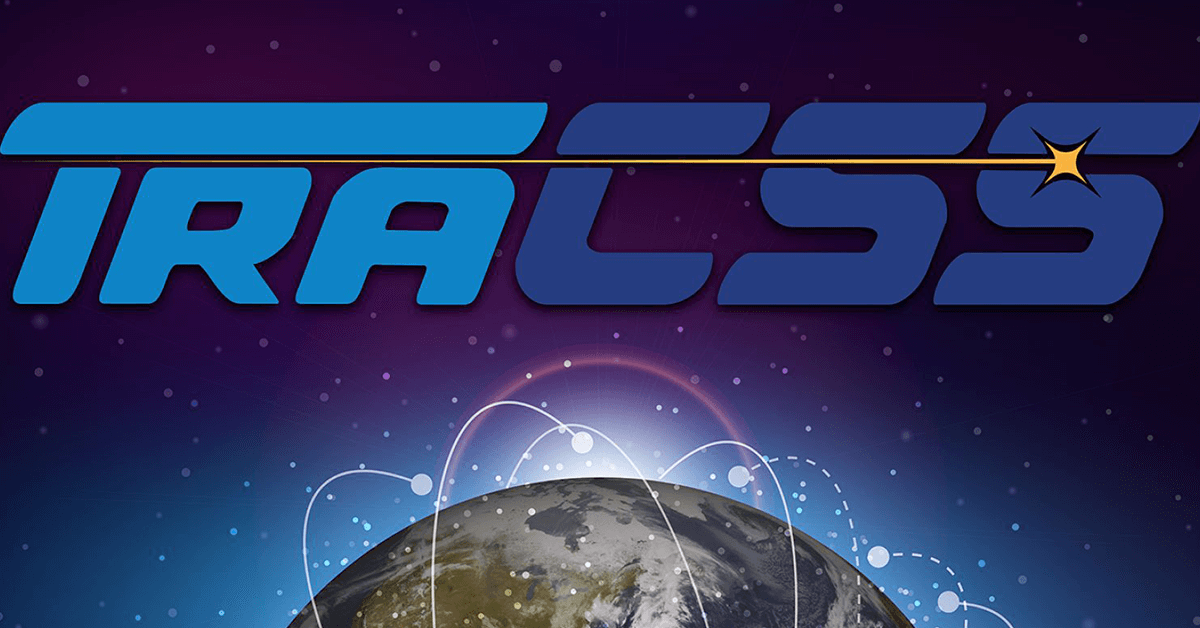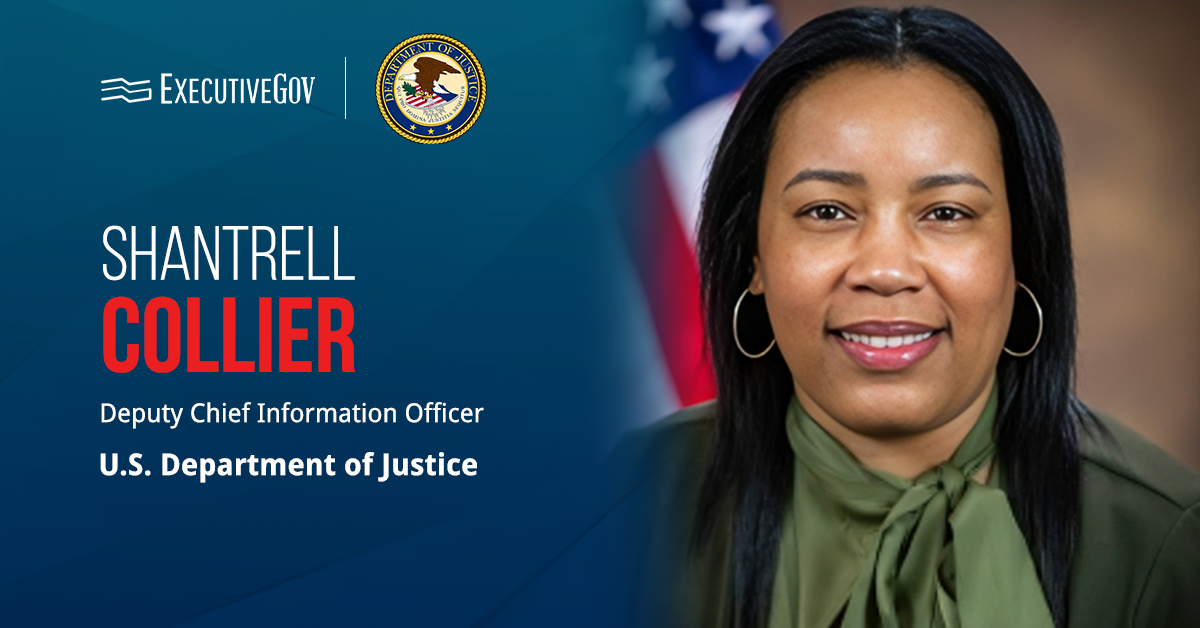NASA Goddard Space Flight Center is requesting sources to provide information on developing a spacecraft for the National Oceanic and Atmospheric Administration’s Space Weather GEO, or SW GEO, Series program.
GSFC is soliciting input on spacecraft flight hardware design concepts, mission operations services and hosting possibilities for the SW GEO project, which supports NOAA’s mission to reduce the impact of severe space weather events, according to a notice posted Tuesday on SAM.gov.
Table of Contents
Soliciting Concept Designs for 2 Satellites
Specifically, the government expects the potential contractor to create spacecraft concept designs, prepare documentation for its upcoming development, provide operational and maintenance support, and identify payload hosting opportunities.
The program aims to operate up to two satellites in the geostationary orbit over the continental U.S. to meet NOAA’s observatory instrument data availability objectives. Each of the spacecraft is anticipated to host eight government-furnished payloads, such as sensors and imaging instruments.
Monitoring Space Weather Events
When it becomes operational, the SW GEO spacecraft will enable NOAA to monitor and warn about space weather events that can potentially disrupt the country’s electrical power grid, communications infrastructure, and navigation and timing systems.
Interested parties are invited to submit their feedback and suggestions no later than March 28.


